STRING THEORY UNIVERSE

String theory is the idea in theoretical physics that reality is made up of infinitesimal vibrating strings, smaller than atoms, electrons or quarks.
What is the string theory of the universe?
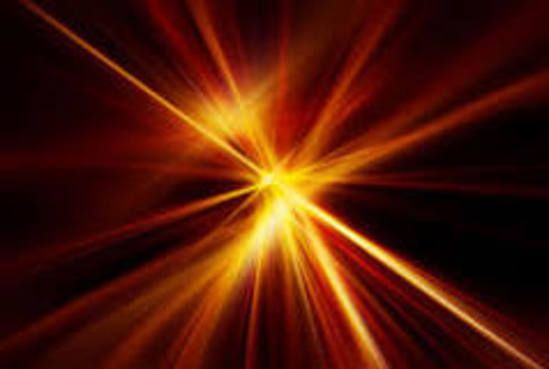
String theory is a potential “theory of everything”, uniting all matter and forces in a single theoretical framework, which describes the fundamental level of the universe in terms of vibrating strings rather than particles.
Researchers in Japan have developed what may be the first string-theory model with a natural mechanism for explaining why our universe would seem to exist in three spatial dimensions if it actually has six more. According to their model, only three of the nine dimensions started to grow at the beginning of the universe, accounting both for the universe’s continuing expansion and for its apparently three-dimensional nature.
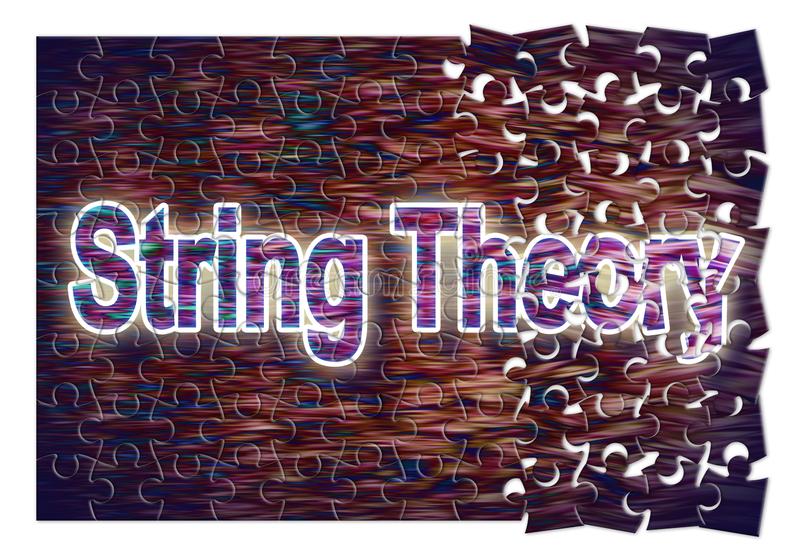
String theory is a potential “theory of everything”, uniting all matter and forces in a single theoretical framework, which describes the fundamental level of the universe in terms of vibrating strings rather than particles. Although the framework can naturally incorporate gravity even on the subatomic level, it implies that the universe has some strange properties, such as nine or ten spatial dimensions.
String theorists have approached this problem by finding ways to “compactify” six or seven of these dimensions, or shrink them down so that we wouldn’t notice them. Unfortunately, Jun Nishimura of the High Energy Accelerator Research Organization (KEK) in Tsukuba, Japan says “There are many ways to get four-dimensional space–time, and the different ways lead to different physics.”
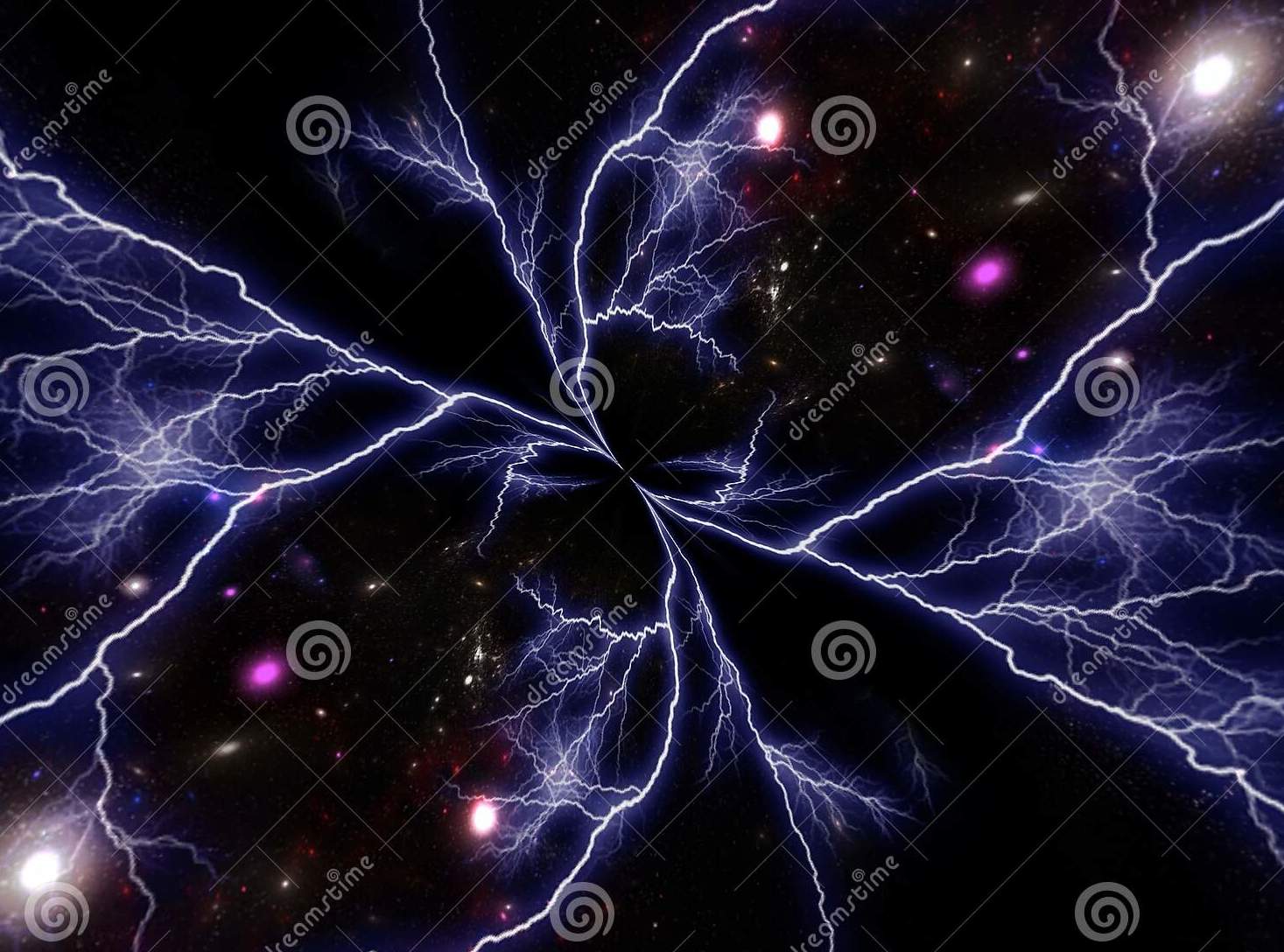
According to this theory, as the strings vibrate, twist and fold, they produce effects in many, tiny dimensions that humans interpret as everything from particle physics to large-scale phenomena like gravity.
IN A Nutshell: What Is String Theory?
When you hear string theory, you may think of really cool things like multiple dimensions … but what’s with the string part? And why is string theory so important? Well, if you ever wanted to figure out the theory of everything, string theory just might hold the key.

Particle Man
First off, what we refer to as string theory here can also be called superstring theory — not because the strings are any more complicated, but because superstring theory came to incorporate ideas from another theory called supersymmetry. So supersymmetry + string theory = superstring theory.
The basic concept in string theory concerns tiny elementary particles. Normally, when you hear particle, you think of a dot, like a point in space or the period at the end of the sentence. But in string theory, instead of a dot, a particle is seen instead as a tiny vibrating string that’s closed up to form a loop.
Here is where it can get a little tricky (though, let’s face it, all of string theory is a little tricky). If these strings exist, what are they made of? No one knows.
One problem is that the particle (the string) is supposed to be the smallest, most fundamental unit that makes up everything else in the world. So to say that the strings are made of something, there would have to be something smaller than the strings.
And what if you could just keep peeling back layers to reveal smaller layers? What if the universe is infinitely large as well as infinitely small?
Is your head spinning yet? Don’t worry. This is complex stuff that the smartest physicists in the world are still trying to figure out.
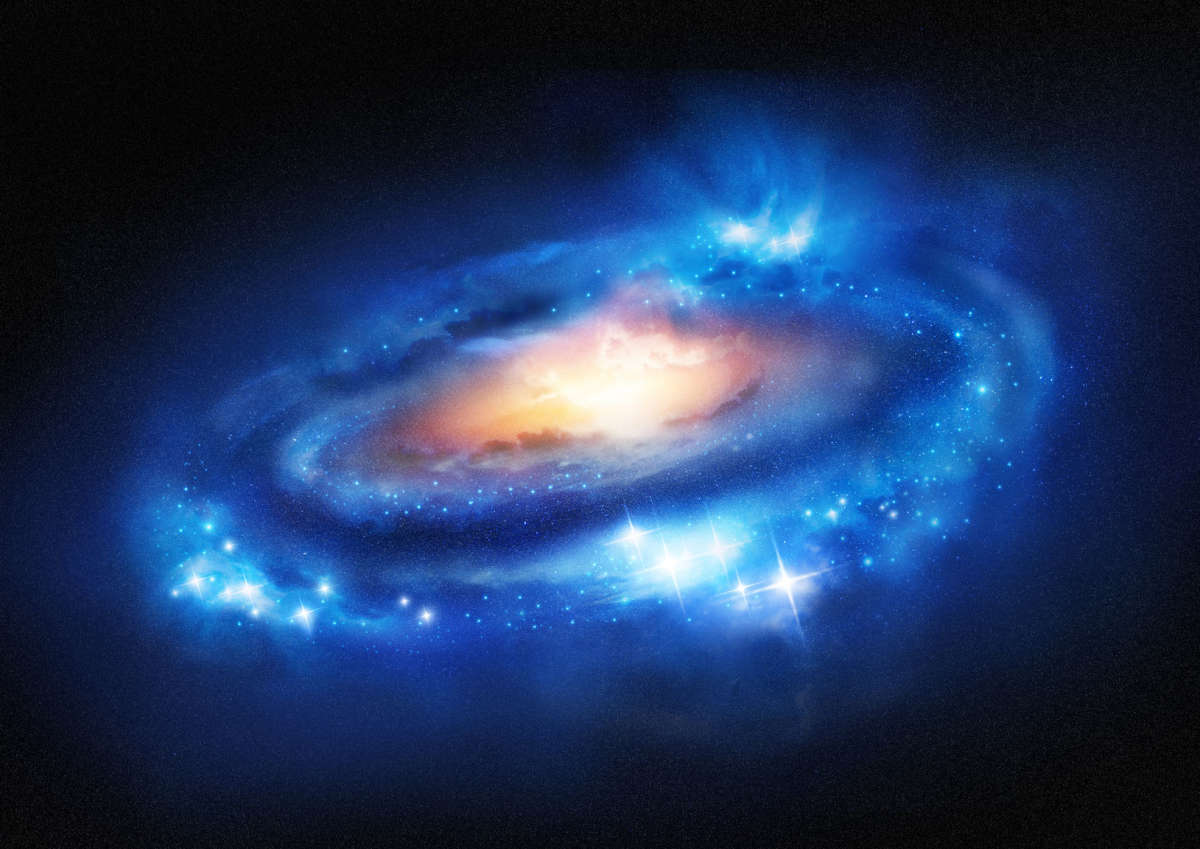
The World’s Smallest Violin
Another important part of string theory is that the strings shouldn’t be thought of as strings of rope, but more like strings on a musical instrument that vibrate when you play them.
If you look at a violin, its four strings can each vibrate at an almost infinite number of patterns called resonances. Different resonances produce different musical notes. How does this relate to string theory? Each particle is a looped string, and each string is completely identical.
What makes particles different from each other is that their strings have a different vibrational pattern. The same way strings on a violin can produce different notes from different resonances, so too can a particle have different characteristics, a different mass, or different force charge based on the precise pattern of its vibration.
Plucking Power
Picture plucking one of those violin strings and watching it vibrate. The energy of this vibrating string is defined by its wavelength and amplitude — which is determined by how hard you pluck it. The more energy you use to pluck the string, the shorter the wavelength and greater the amplitude will be.
Why do we need to even worry about the wavelength and amplitude? As you may know from the theory of special relativity, mass and energy are interchangeable. So if we don’t know anything else about a particle other than the wavelength and amplitude of its vibrations, those values can help us figure out its energy, and therefore, also its mass.
So string theory requires, of course, strings, but it also requires one other thing that we mentioned at the beginning. That’s right. The really cool part … multiple dimensions.
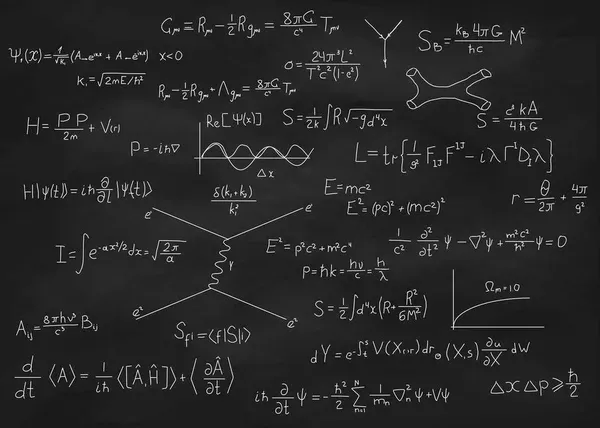
THINGS YOU MAY NOT KNOW:
Relativity versus quantum mechanics: the battle for the universe

Physicists have spent decades trying to reconcile two very different theories. But is a winner about to emerge – and transform our understanding of everything from time to gravity?
Basically you can think of the division between the relativity and quantum systems as “smooth” versus “chunky”. In general relativity, events are continuous and deterministic, meaning that every cause matches up to a specific, local effect. In quantum mechanics, events produced by the interaction of subatomic particles happen in jumps (yes, quantum leaps), with probabilistic rather than definite outcomes. Quantum rules allow connections forbidden by classical physics.
This was demonstrated in a much-discussed recent experiment in which Dutch researchers defied the local effect. They showed that two particles – in this case, electrons – could influence each other instantly, even though they were a mile apart. When you try to interpret smooth relativistic laws in a chunky quantum style, or vice versa, things go dreadfully wrong.
According to Einstein, energy and mass are equivalent (that’s the message of E=mc2), so piling up energy is exactly like piling up mass. Go big enough, and the amount of energy in the quantum fields becomes so great that it creates a black hole that causes the universe to fold in on itself. Oops.
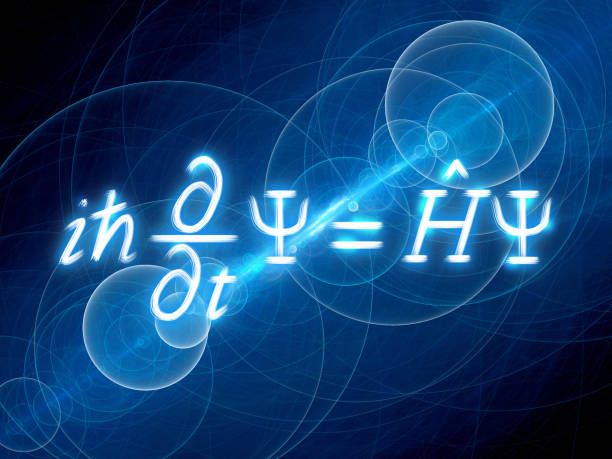
THINGS YOU MAY WANT TO SAVE: MILKY WAY...WHICH HAS MANY MYSTERIES AND STRINGS. EVEN THOU STRING THEORY IS THE DARLING OF MODERN SCIENCE AND PHYSICSTS I PERSONALLY THINK THERE IS A BETTER EXPLANATION OF OUR UNIVERSE THAN THE STRING THEORY. HOW ABOUT THE JACK IN THE BOX UNIVERSE THEORY....EVERYONE TIME YOU DISCOVER A NEW UNIVERSE YOU GET A BIG SUPRISE.
ZENTRAVELER SAYS: PLEASE DONT STRING ME ALONG... GIVE ME UNIVERSAL FACTS.
From here to Infinity is a relatively short ride! The next leg takes eons and eons as you fly through the Barycentric Dynamical Time Zone! …and on and on and on. Follow the Zentraveler Newsletter often for Travel, Health and Zen-like stories and such. Where else can you get a THREE IN ONE NEWSLETTER FOR THE PRICE OF FREE.

ZENTRAVELER IS A PERSONAL NEWSLETTER, DESIGNED TO GIVE TRAVEL, HEALTH, WRITING AND HUMOR INCLUDING HELPFUL HINTS WITH A ZEN LIKE QUALITY.
